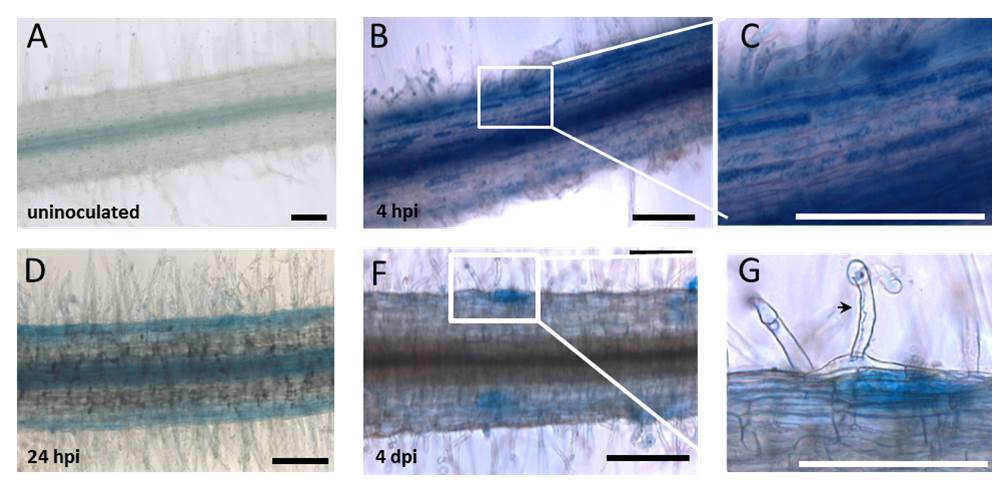The same transcription factor regulates two antagonistic signaling pathways
The NIN transcription factor coordinates CEP and CLE signaling peptides that regulate nodulation antagonistically
Legume plants tightly regulate symbiotic nitrogen-fixing root nodule number to balance the cost of supporting symbiotic rhizobia bacteria with the benefits of nitrogen fixation. C-terminally Encoded Peptides (CEPs) and CLAVATA3-like (CLE) signaling peptides positively and negatively regulate nodulation, respectively, through independent systemic pathways, but how these regulations are coordinated remains unknown. In a new study from the Frugier team at IPS2, published by Laffont et al. in Nature Communications, it was shown that rhizobiaand theirNod Factors symbiotic signals, as well as cytokinin plant hormones that are necessary and sufficient to initiate root nodulation, all induce a symbiosis-specific CEP signaling peptide encoding gene, MtCEP7, which positively regulates rhizobial infection. Grafting and split root studies revealed that MtCEP7 systemically increases nodule number in roots through the activity of the MtCRA2 receptor in shoots. Strikingly, expression of theMtCEP7 and MtCLE13 peptide hormone encoding genesregulating antagonistically nodulation similarly involves the MtCRE1 cytokinin receptor and the MtNIN transcription factor. MtNIN indeed binds and transactivates both MtCEP7 and MtCLE13,and a NIN Binding Site identified within the proximal MtCEP7 promoter is required for its symbiotic activation. To our knowledge, this is the first example in plants where a specific transcription factor coordinates the expression of two antagonistic peptide hormones belonging to different families and regulating antagonistically the same developmental process.

